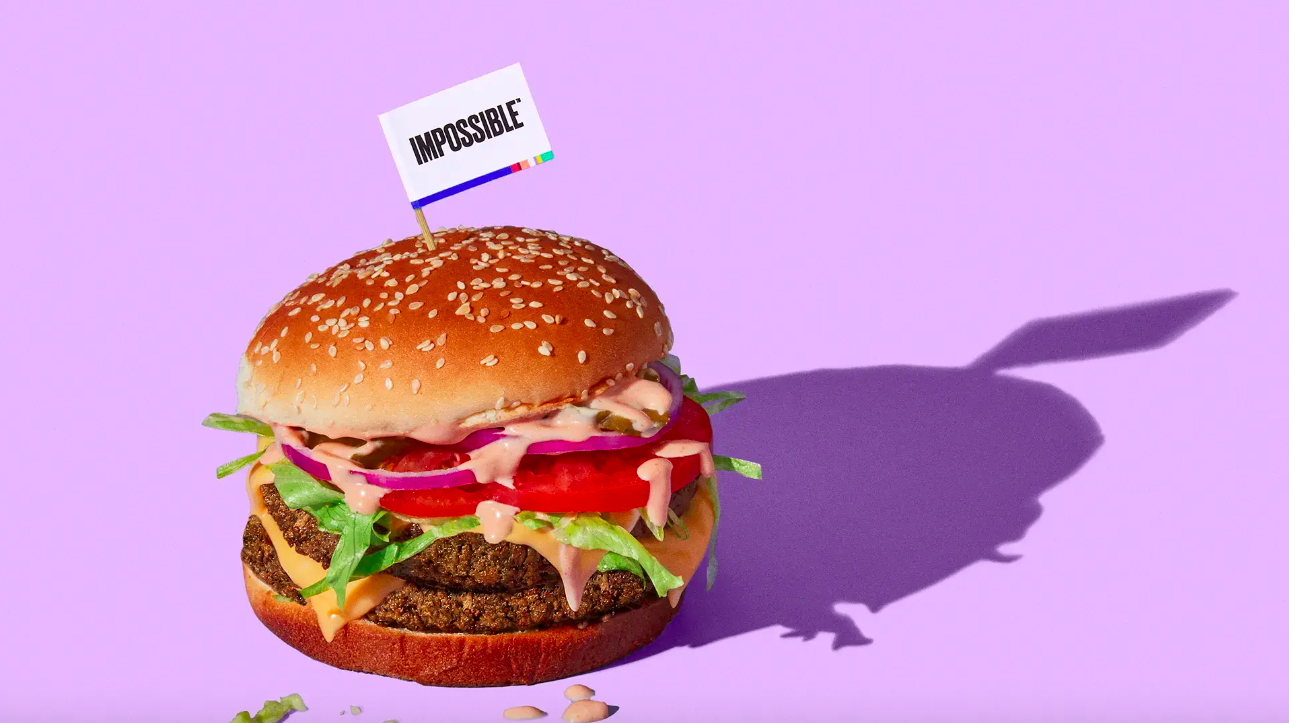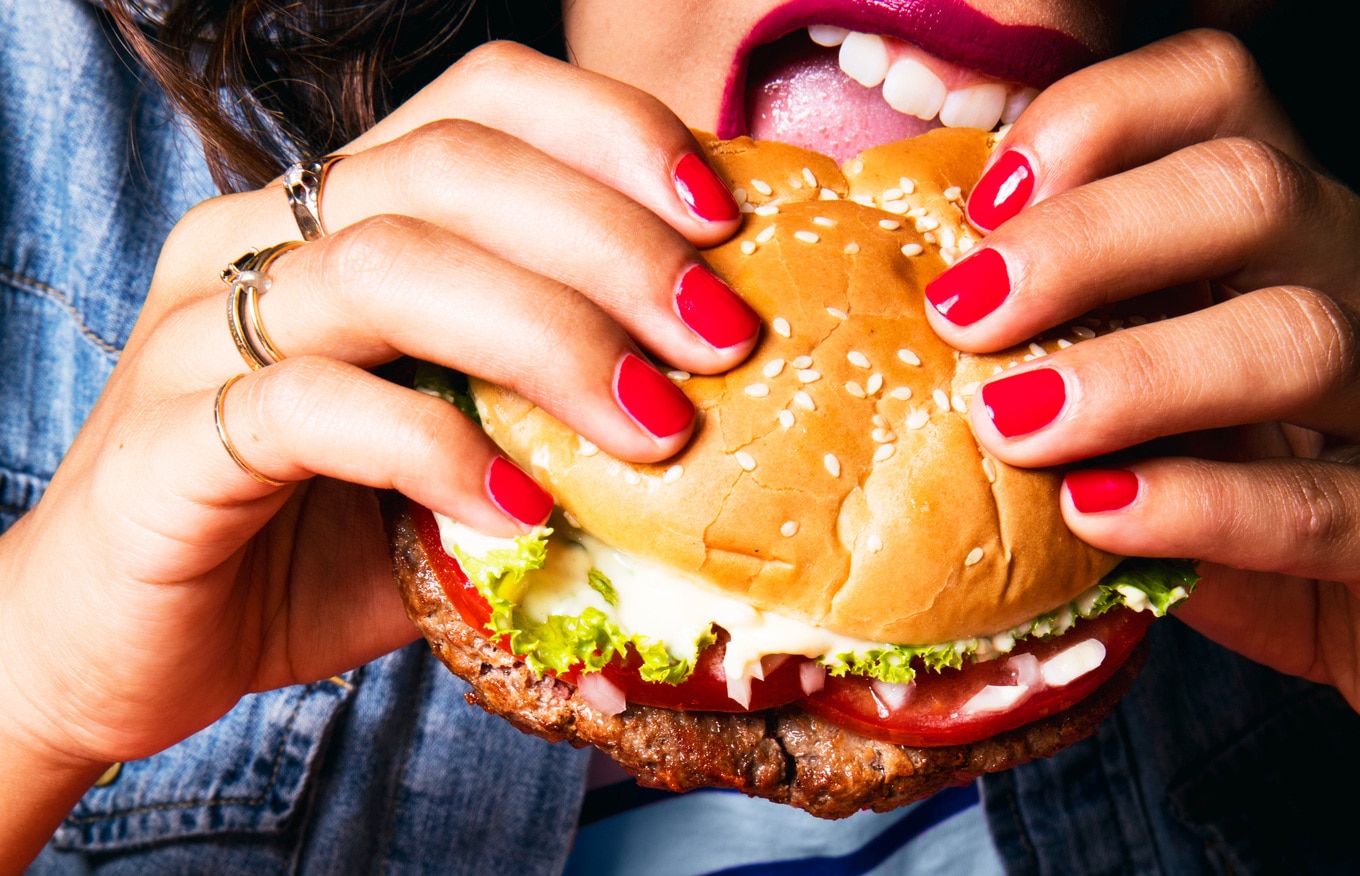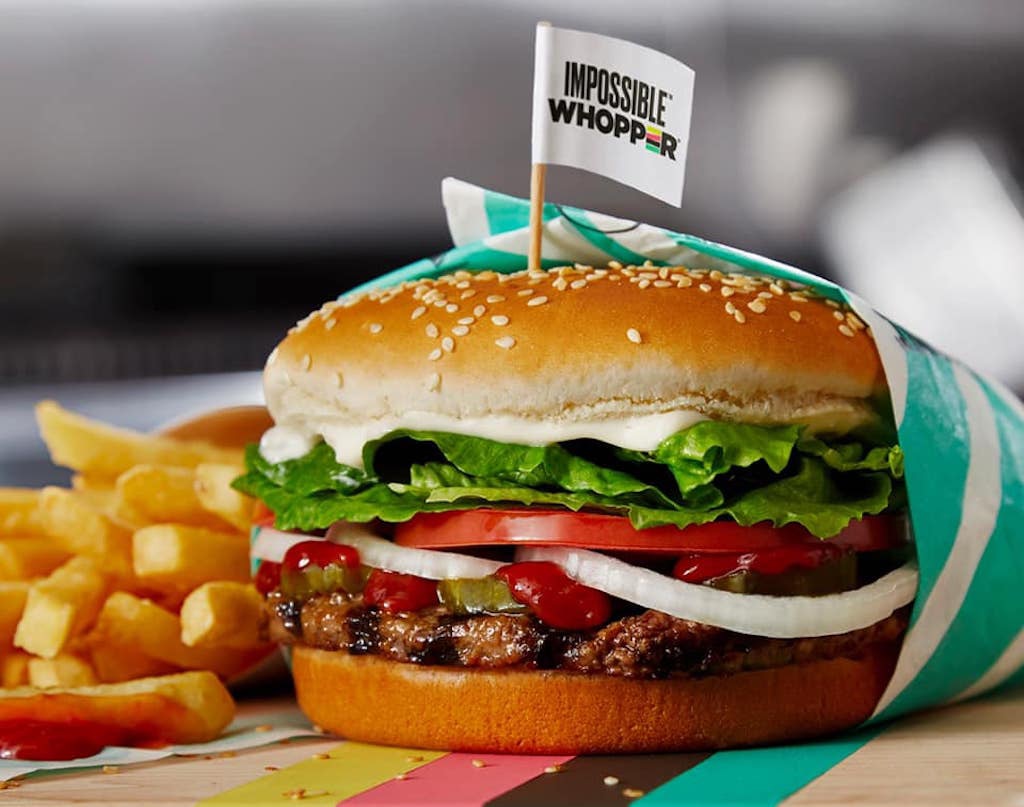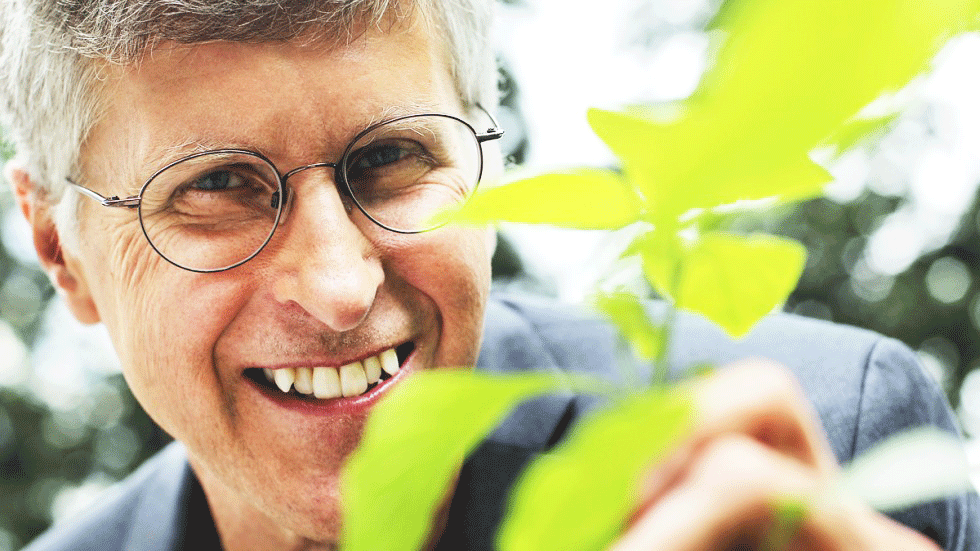It’s been more than five years since Impossible Foods, the California plant-based meat producer, first applied for European approval of its novel burgers.
The European Union (EU) maintains a stringent regulatory framework for genetically modified organisms to safeguard human and animal health, as well as the environment. The meatless Impossible patties contain an ingredient that comes from genetically modified soy plants, but the European Food Safety Authority (EFSA) has now issued a positive opinion on the safety of the company’s key ingredient, soy leghemoglobin, commonly referred to as “heme.” This move brings Impossible’s flagship product, the Impossible Burger, closer to European markets.

The news comes as the documentary series Wild Hope has released an episode titled “Mission Impossible,” highlighting the journey of Impossible Foods founder Pat Brown, PhD, MD, and his efforts to address environmental challenges through innovative food technology and sustainable land use practices.
EFSA’s positive opinion on soy leghemoglobin
Last week, the EFSA’s Panel on Genetically Modified Organisms concluded that soy leghemoglobin, the ingredient that imparts a meat-like flavor and color to the Impossible Burger, is safe for consumption. This decision marks a crucial step toward the commercialization of Impossible Foods’ products in the European Union. Its chicken and sausage products, which do not contain heme, are already approved in the EU.
Soy leghemoglobin is produced through precision fermentation using genetically modified yeast. This process allows the company to replicate the taste and appearance of meat without animal products. The EFSA’s positive opinion follows a comprehensive safety assessment and precedes a 30-day public consultation period, during which scientific comments and suggestions can be submitted. Subsequently, the European Commission will draft approval decisions to be discussed and voted upon by the Standing Committees.
 Impossible Foods
Impossible Foods
“This is an important step toward bringing Impossible products to Europe,” an Impossible Foods spokesperson said in a statement, noting that the agency’s comprehensive, scientific assessment of the safety of soy leghemoglobin (heme) across two applications reinforces the overall quality and safety of its food, echoing similar approvals from regulators in the United States, Canada, Singapore, Australia, and New Zealand.
Impossible is riding the wave of growing interest in plant-based diets, driven by concerns about health, sustainability, and animal welfare.
According to a report by Bloomberg Intelligence, the plant-based food market is projected to reach $162 billion by 2030, representing a significant shift in global food consumption patterns. Despite the sector’s growth, there have been hurdles, including supply chain disruptions, regulatory challenges, and market skepticism.
 Burger King
Burger King
In 2021, Impossible Foods was valued at $7 billion, following a $500 million funding round, but CEO Peter McGuinness declined to disclose the company’s current valuation earlier this year.
Beyond Meat, Impossible’s chief competitor, has faced notable financial challenges in recent years. In the fourth quarter of 2023, the company reported net revenues of $73.7 million, a decrease of 7.8 percent year-over-year. The company’s stock is down 24 percent this year, too.
Wild Hope: “Mission Impossible” documentary
Coinciding with regulatory advancements, the documentary series Wild Hope premiered an episode titled “Mission Impossible” earlier this week. The episode focuses on Brown, the former Stanford University biochemist who founded Impossible Foods in 2011. Driven by a desire to mitigate the environmental impacts of animal agriculture, Brown embarked on creating plant-based alternatives that closely mimic animal products in taste, texture, and functionality.
 Impossible Foods
Impossible Foods
In the documentary, Brown reflects on his decision to leave academia. “What I wanted to do on the sabbatical was to figure out what was the most important thing I could do to make the best possible world,” he said. His research led to the development of the Impossible Burger, which, according to the company, uses 96 percent less land, 87 percent less water, and generates 89 percent fewer greenhouse gas emissions compared to conventional beef.
“Mission Impossible” also explores Brown’s current endeavors to enhance the environmental benefits of plant-based food systems. In collaboration with scientist Michael Eisen, Brown has initiated the Carbon Ranch project, aiming to transform former cattle ranches into biodiverse, carbon-sequestering ecosystems. Located on 1,000 acres in Arkansas, the project seeks to demonstrate how repurposing agricultural land can offset emissions and restore biodiversity.
Eisen comments, “This is an experiment for us to show people how they can use their land in a new way.”
Brown acknowledges the challenges in transitioning away from traditional cattle farming, noting, “These farmers—if you’re telling them to stop raising cows, they want to know how can [they] be sure [they’re] going to make money on a reasonable timescale. And I’ve always felt like this is part of the problem that we have to solve.”

